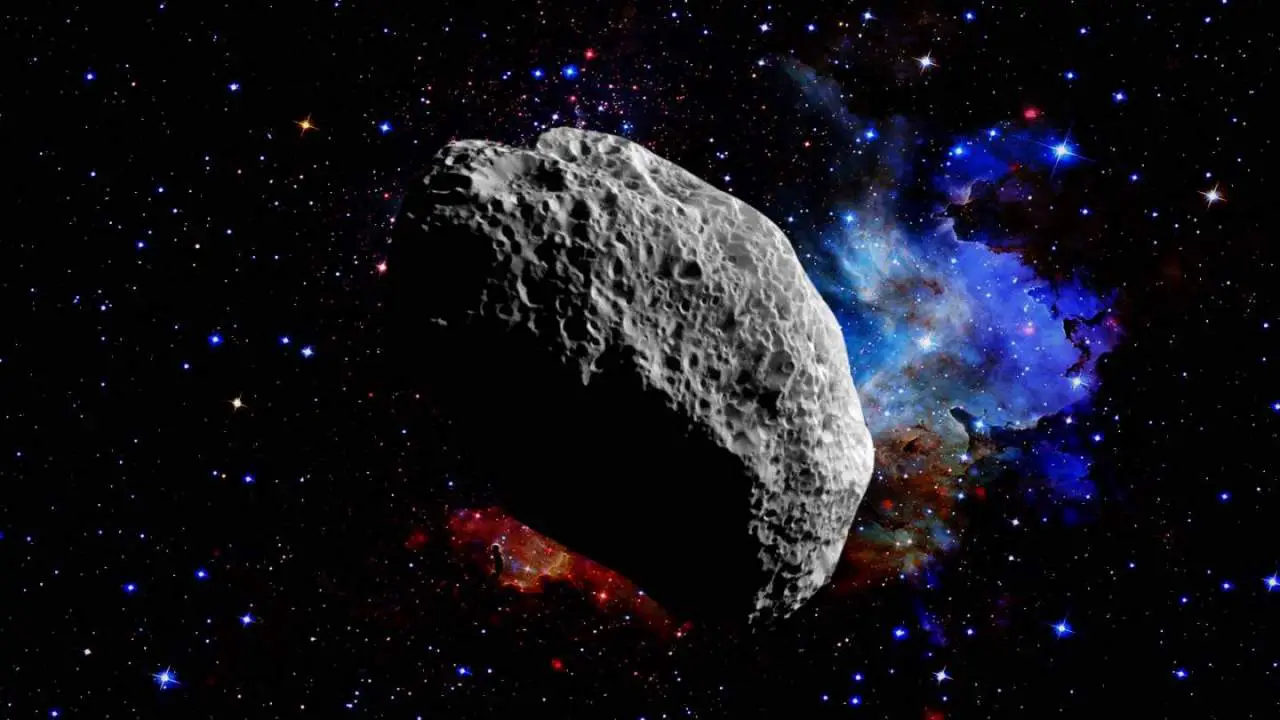If you saw Don’t Look Up this Christmas, you are probably one of the many individuals who wondered how genuine the threat depicted in the film was. Is it possible that Earth will be hit by an asteroid? What would scientists do if they discovered an asteroid coming straight for us?
This week, NASA produced a video showing asteroid specialist Dr. Kelly Fast discussing what would truly happen if an asteroid endangered our planet, in response to your queries.

Fast emphasizes the importance of locating asteroids before they become a hazard since an asteroid collision would be a natural calamity that might have been avoided.
The Planetary Defense Coordination Office of NASA is in charge of tracking asteroids and predicting their future motions, including if any are on a crash path with Earth. By identifying future hazards, we may launch a deflection mission years or even decades in advance to shift the asteroid’s trajectory and keep us safe.
Many asteroids crash with Earth each year, although the great majority of them are tiny and burn up in the atmosphere, forming shooting stars.
According to NASA, tens of thousands of tiny bits of debris may strike the globe every day, but our atmosphere shields us from them. However, there have been occasions when larger asteroids have presented a serious danger to Earth’s areas, such as the legendary Tunguska Impact in 1908, when an asteroid exploded in a thinly inhabited area of Russia (via NASA).
We do not have to feel powerless if we notice a huge asteroid approaching Earth. In the field of planetary defense, space agencies have proposals for anti-asteroid devices.
DART (Double Asteroid Redirection Test), a newly launched NASA mission, plans to take an unconventional strategy for a space mission: the spacecraft will intentionally crash with an asteroid to test whether this is successful at deflecting an asteroid that may possibly endanger Earth.

The asteroid that DART is approaching is one of a pair known as Didymos and Dimorphos (via Digital Trends). There is no reason to be concerned since none of them poses a danger to humans on Earth. However, NASA intends to see what they can do if a deadly asteroid is on its way.
DART will collide with Dimorphos, the smaller of the two asteroids, in an attempt to move it away from its present course. It will not be simple since the spacecraft is around 100 times smaller than the asteroid. The spaceship must also be intelligent since it will utilize onboard computers to find and steer itself toward the asteroid.
DART was launched in November 2021 and is now making its journey across the solar system to its asteroid destination. It is projected to arrive in 2022 and try to collide with the planet.
The task, however, will not finish there. Researchers want to examine the impact’s aftermath up close and observe how it changed the asteroid.

As a result, the European Space Agency is developing Hera, a spacecraft that will follow DART’s journey to the asteroid pair and gather data on how successful the impact was. Hera is scheduled to launch in 2024 and arrive at the impact site in 2026. (via ESA).
Source: SlashGear

